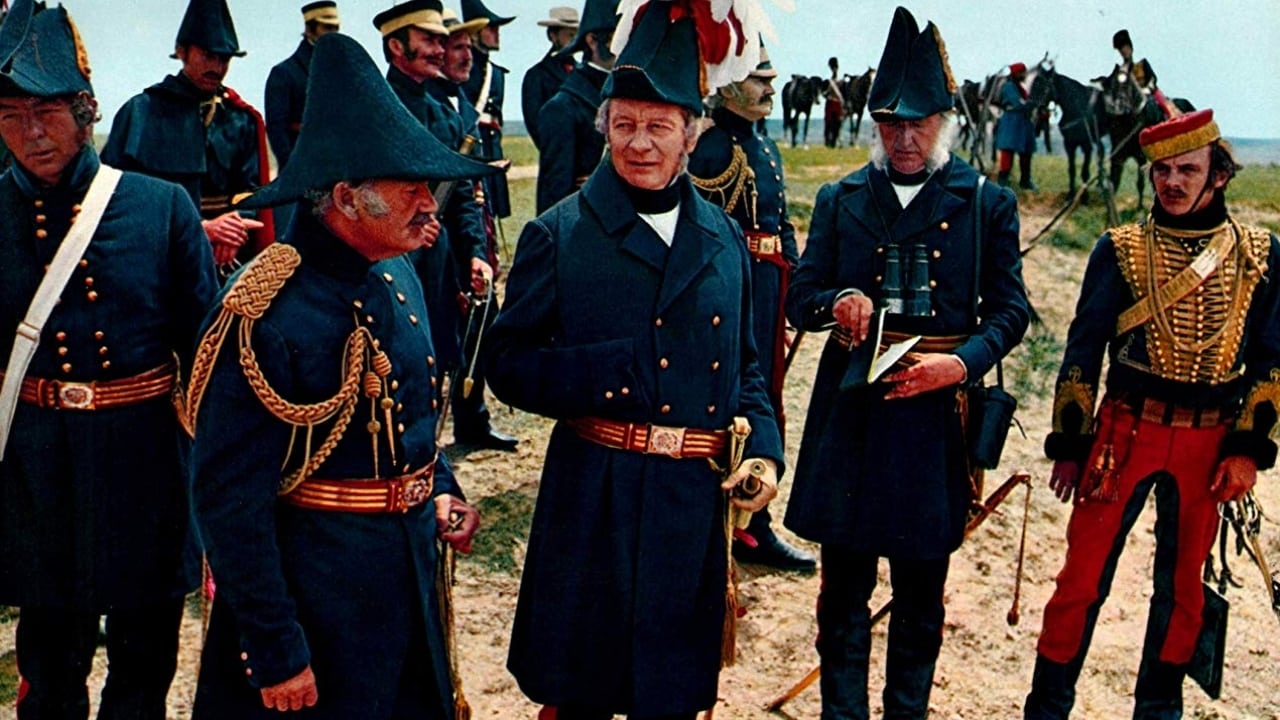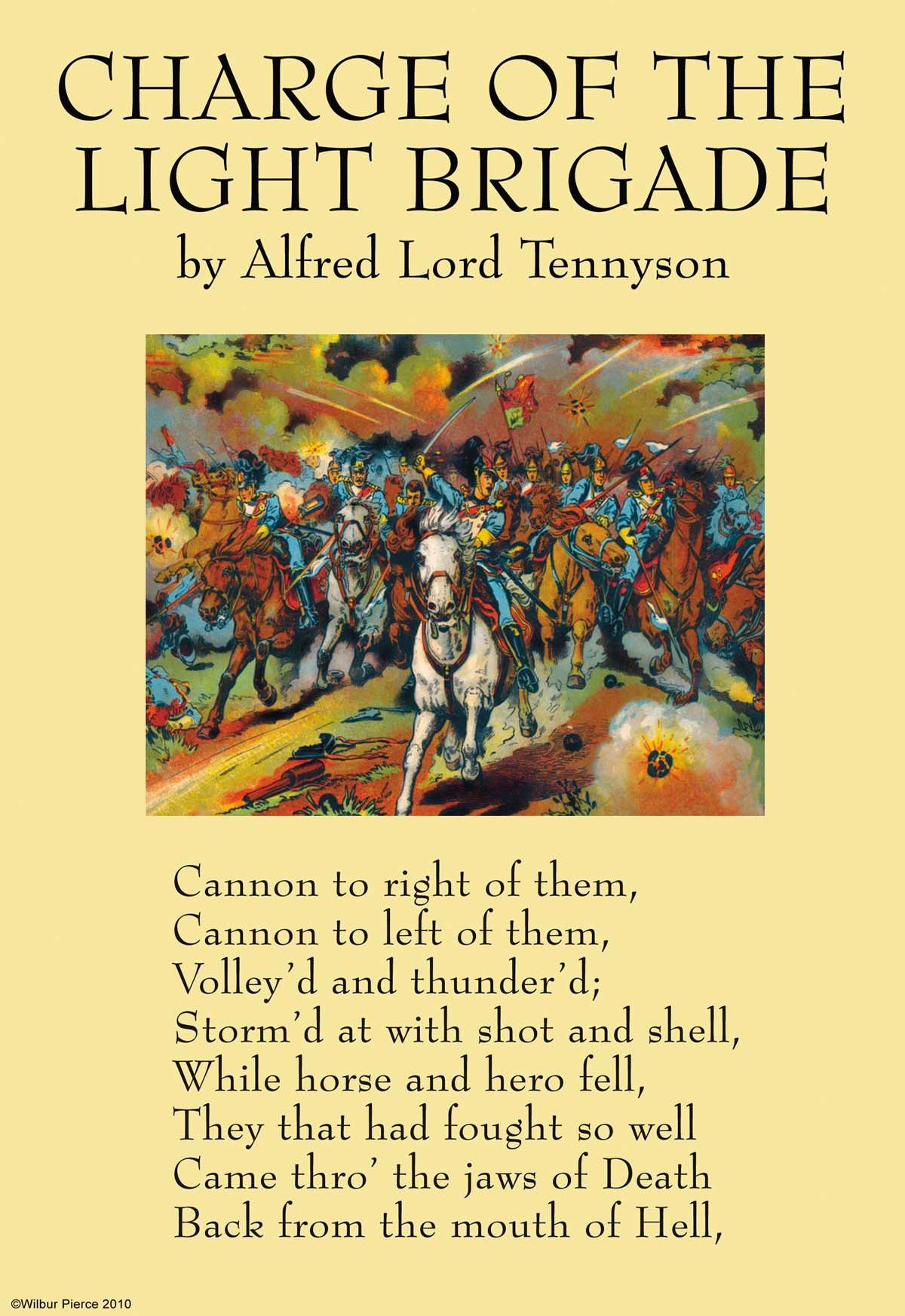
His reasons for the misdirection are unknown because he was killed in the ensuing battle. When Lucan asked what guns were referred to, Nolan is said to have indicated, with a wide sweep of his arm, the mass of Russian guns in a redoubt at the end of the valley, around a mile away. Nolan carried the further oral instruction that the cavalry was to attack immediately. The order was drafted by Brigadier Richard Airey and carried by Captain Louis Nolan. The written order which led to the Charge However, the lie of the land around Lucan and the cavalry stopped him from seeing the Russians' efforts to remove the guns from the redoubts and retreat. Raglan could see what was happening from his high vantage point on the west side of the valley. This was an optimal task for the Light Brigade, as their superior speed would ensure the Russians would be forced to either quickly abandon the cumbersome guns or be cut down en masse while they tried to flee with them. Immediate." Raglan wanted the light cavalry to prevent the Russians from successfully withdrawing the naval guns from the redoubts they had captured on the reverse side of the Causeway Heights, the hill forming the south side of the valley. Lucan received an order from the army commander Lord Raglan stating: "Lord Raglan wishes the cavalry to advance rapidly to the front, follow the enemy, and try to prevent the enemy carrying away the guns. Cardigan and Lucan were brothers-in-law who disliked each other intensely. Overall command of the British cavalry resided with Lieutenant General George Bingham, 3rd Earl of Lucan. They were intended as the primary British shock force, leading frontal charges to break enemy lines. The men were equipped with metal helmets and armed with cavalry swords for close combat. The Heavy Brigade under James Scarlett was the British heavy cavalry force. They were also ideal for cutting down infantry and artillery units as they tried to retreat. Optimized for maximum mobility and speed, they were intended for reconnaissance and skirmishing. The men were armed with lances and sabres. The Light Brigade was the British light cavalry force. The two brigades were the only British cavalry force at the battle. The Heavy Brigade was made up of the 4th Royal Irish Dragoon Guards, the 5th Dragoon Guards, the 6th Inniskilling Dragoons and the Scots Greys. Also present that day was the Heavy Brigade, commanded by Major General James Yorke Scarlett, who was a past Commanding Officer of the 5th Dragoon Guards. The charge was made by the Light Brigade of the British cavalry, which consisted of the 4th and 13th Light Dragoons, the 17th Lancers, and the 8th and 11th Hussars, under the command of Major General James Brudenell, 7th Earl of Cardigan.

JSTOR ( October 2017) ( Learn how and when to remove this template message)Ĭharge of the Light Brigade by Richard Caton Woodville Jr.Unsourced material may be challenged and removed.įind sources: "Charge of the Light Brigade" – news Please help improve this article by adding citations to reliable sources in this section. This section needs additional citations for verification. Responsibility for the miscommunication has remained controversial, as the order was vague and Captain Louis Nolan, who delivered the written orders with some verbal interpretation, was killed in the first minute of the assault.

Its lines emphasise the valour of the cavalry in carrying out their orders regardless of the risk. The events were the subject of Alfred, Lord Tennyson's narrative poem " The Charge of the Light Brigade" (1854), published six weeks after the event. The Light Brigade made its charge under withering direct fire and reached its target, scattered some of the gunners but was forced to retreat immediately. The charge was the result of a misunderstood order from the commander in chief, Lord Raglan, who had intended the Light Brigade to attack a different objective for which light cavalry was better suited, to prevent the Russians from removing captured guns from overrun Turkish positions. On 25 October 1854, the Light Brigade, led by Lord Cardigan, mounted a frontal assault against a Russian artillery battery which was well prepared with excellent fields of defensive fire. The Charge of the Light Brigade was a military action undertaken by British light cavalry against Russian forces during the Battle of Balaclava in the Crimean War, resulting in many casualties to the cavalry.


 0 kommentar(er)
0 kommentar(er)
